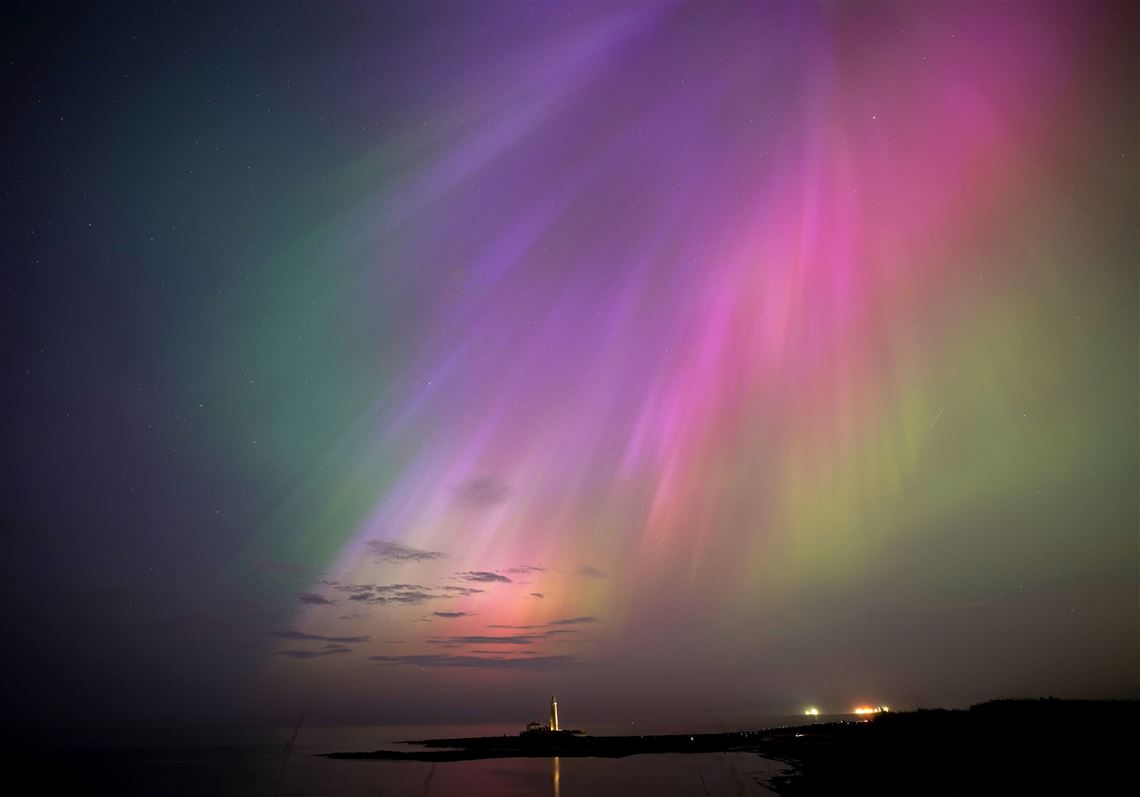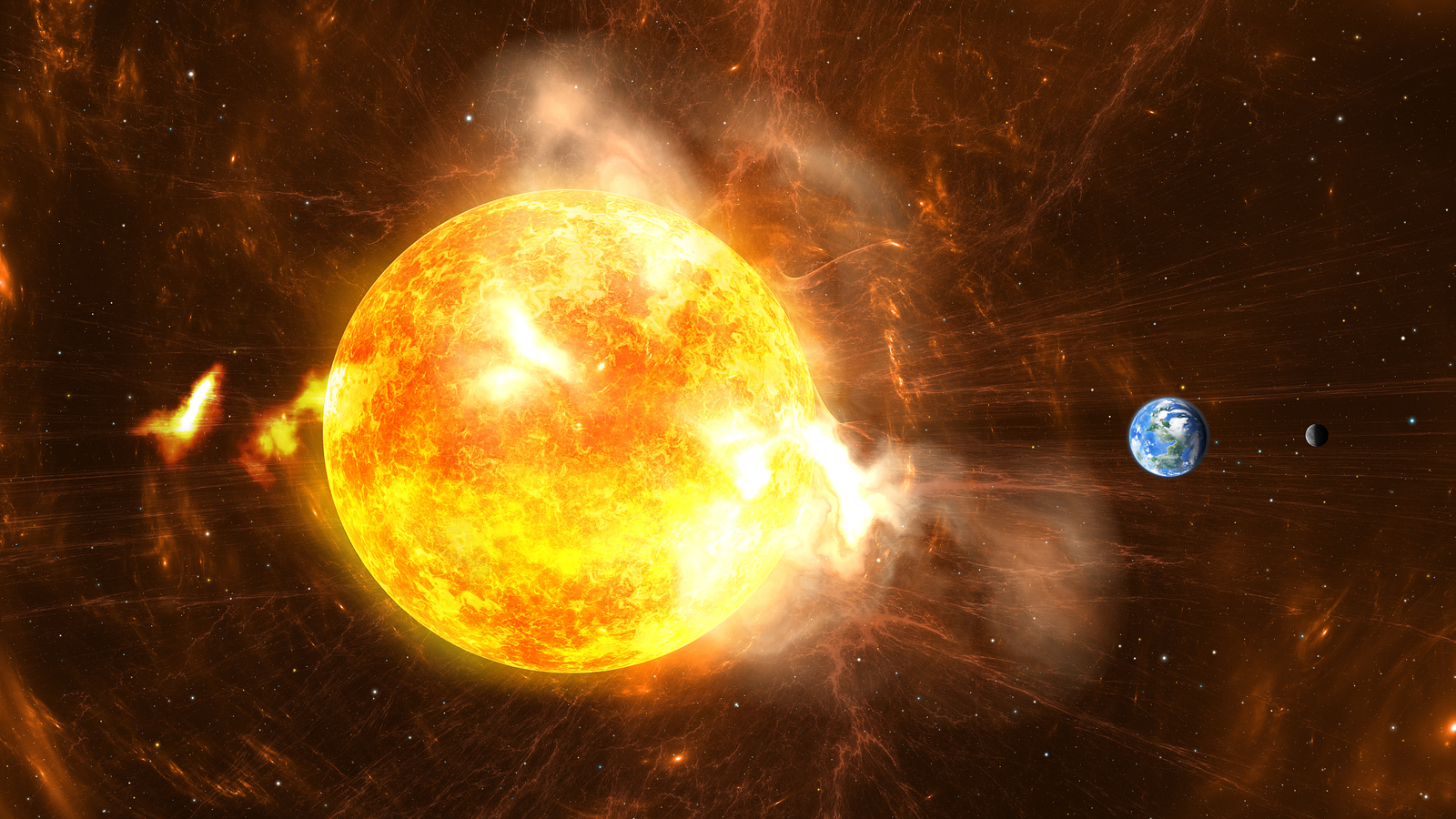
An strong solar storm struck Earth on Monday, potentially bringing the Northern Lights to night sky farther south than usual, according to a US organization.
A level-four geomagnetic storm (on a scale of five) was reported Monday beginning at 1500 GMT, according to a specialized center of the United States National Oceanic and Atmospheric Administration (NOAA).
NOAA said that while these conditions may last many hours, they are not likely to worsen.
“A severe geomagnetic storm includes the potential for aurora to be seen faintly as far south as Alabama and northern California,” NOAA stated in a statement, referring to the two American states.

Coronal mass ejections, or explosions of particles leaving the sun, are the origin of the new solar storm. When these particles reach Earth, they disturb the planet’s magnetic field.
“There are so many auroras right now. “If it lasts until nightfall here, we might be able to see some,” Eric Lagadec, an astrophysicist at France’s Cote d’Azur Observatory, remarked on X, formerly Twitter.
On Sunday, NASA astronaut Matthew Dominick shared a stunning shot of the aurora borealis, or Northern Lights, taken from the International Space Station, where he is presently stationed.
However, solar or geomagnetic storms can potentially have unwanted consequences.

For example, they can damage high-frequency communications, harm satellites, and cause power grid overloads. NOAA stated that operators of critical infrastructure have been notified to implement actions to mitigate these effects.
In May, the world experienced the most violent geomagnetic storms recorded in 20 years. They produced auroras to illuminate the night sky in the United States, Europe, and Australia at significantly lower latitudes than usual.
This type of event has risen in recent years since the sun is nearing the apex of its 11-year cycle.
Source: VOA


















